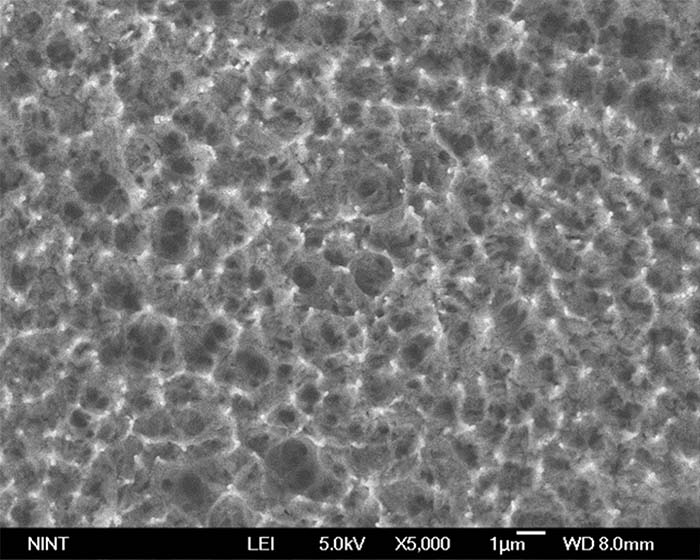Research Areas
External Flow and Wind Engineering
Flow control and Aerodynamics
Drag reduction of heavy vehicles using smart flow-control techniques
Cab-roof fairing (CRF)
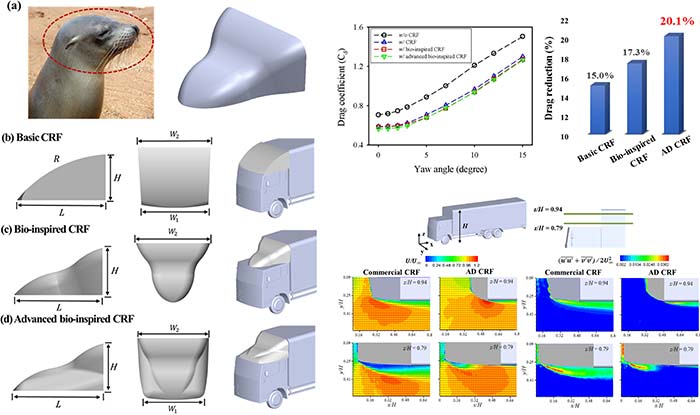
Gap fairing

Side skirts

Drag reduction of heavy vehicles using flow control devices
Cab-roof fairing (CRF)

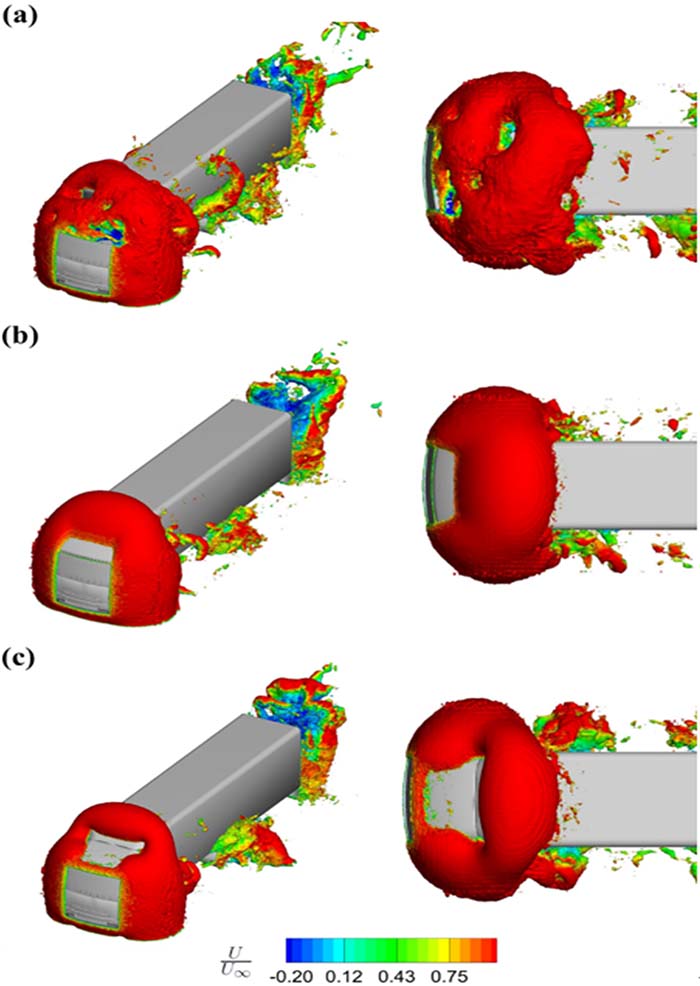
The flow over the vehicle with a modified CRF demonstrates better performance in transporting high flow momentum toward the downstream, especially on the side-edges, compared with the flow over the vehicle with a 3D CRF.
Side skirts


The separated region behind the rear wheel is significantly reduced with attaching the side skirt to the vehicle model.
Boat tail
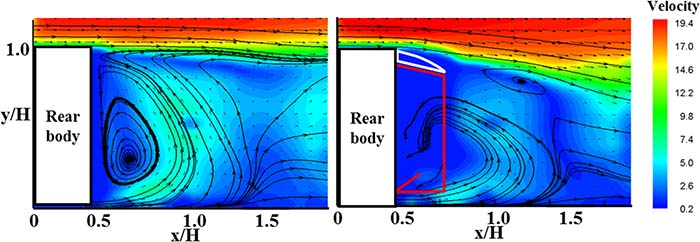

LIAD (lower inclined air deflector) reduces recirculation region and vorticity behind the rearbody
Aerodynamic characteristics of auto-rotating maple seed and biomimetics
Free-fall test
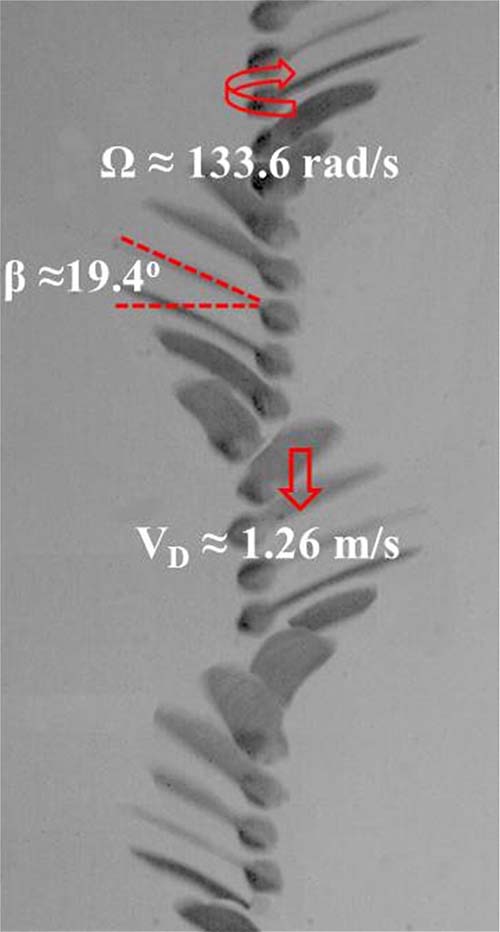
3D configuration of maple samaras

PIV measurement of flow around an autorotating maple samaras

Development of a new wind-energy harvesting device
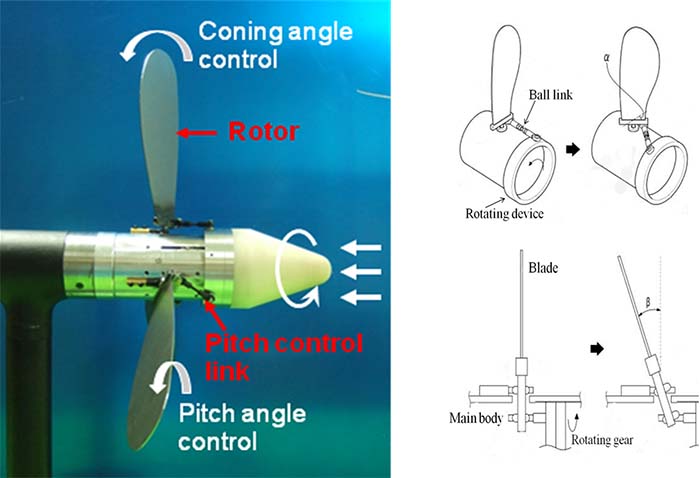

Superhydrophobic surface for anti-icing & de-icing
Dry-etching process using Ar & O2
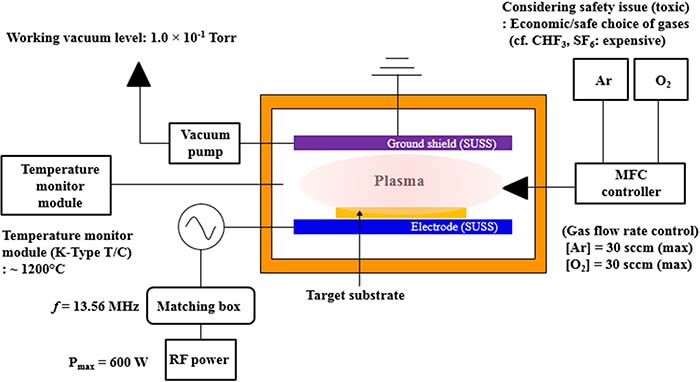
double_arrow Simple and easy fabrication of SHP surface
double_arrow Long-lasting durability in open air
Fabricated superhydrophobic surface
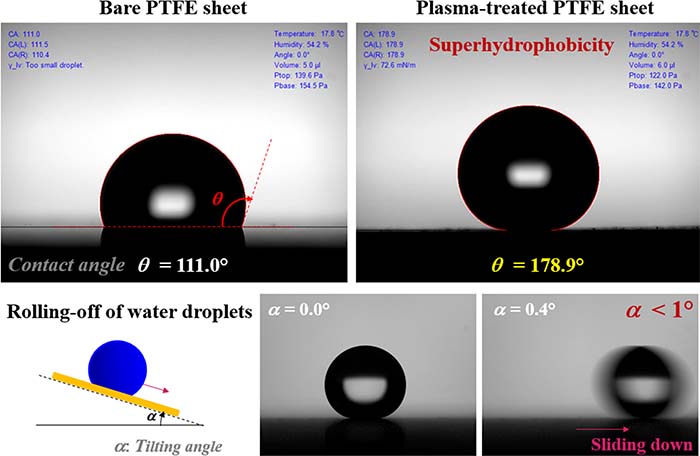
- Gas concentration: [Ar], [O2]
- RF power
- Plasma exposure time
- Distance between electrode and sample
- High contact angle ( ~ 180°)
- Low sliding angle ( ~ 1°)
- No air aging effect
- Good droplet repellency
Surface characteristics

